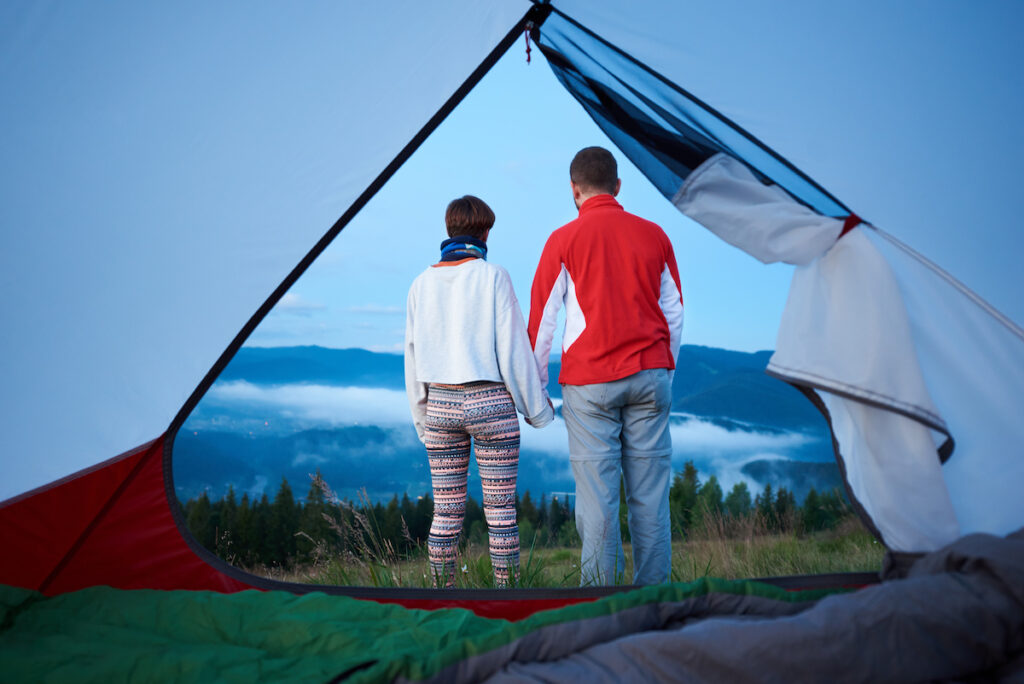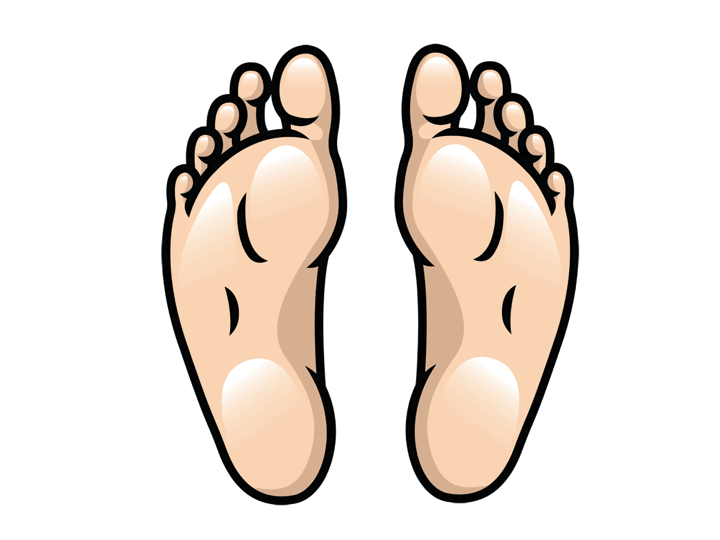Recently a prolific content producer on backpacking had a series of incidents that led to, in my observation, a cascade of the body’s inability to adapt well and heal itself. A myriad of symptoms have presented themselves that in his video published as a health update, he stated he is receiving medical care, they are not related symptoms, and most concerning were his comments he makes about his age, his body’s capacities and what he must now do in the face of his struggles.
To me this is a bad case of the blues, false belief and despair.
To me this is a case of not getting the right guidance or help, in looking wholesomely at him instead of the symptoms he is suffering with. It’s a different way of getting back on the trail with sound guidance from those who understand the inter-related body and the body-mind complex that loves to hike and backpack!
I’d like to breakdown what I saw in the video and where you might find better answers and individual solutions to meet your need and desire, instead of falling trap to false beliefs and into despair.
First major whammy: Trauma, Survival, Rescue & Breakdown
The inability of the body to handle the demands, pressure and lack of attention often leads to the body saying NO WAY in some way. Recovery from a survival situation requires proper down-time, proper guidance and follow through with the right help. The right help is not managing symptoms. The right help goes beyond just getting over an body shutting down event.
Also facing the unexpected breakdown of one’s own body is a challenge physically, mentally and emotionally. It’s even more difficult when you work with a trainer, or coach, and trust the program to be “fit” for the adventure. Being “fit” for an adventure has specific measures and require an individualized program, just like having the right gear for the adventure. If a program focuses mainly on strengthening your legs, core and “cardio” you are in for a huge disadvantage. This is because being capable and confident in the wilderness requires other variables that typical trainer styled programs don’t address. These include functional mobility and movement standards, physiological parameters of how your body adapts to stressors (and yes exercise is a stressor), your recovery and resilience capacities, your daily routine and habits, and the condition you bring yourself to train and to the trail. Let’s break these down a little bit to know what to look for in a skilled trainer or coach (or in my experience, someone with some therapeutic and wilderness experience).
Functional mobility and movement is about how the entire body collaborates for your time on the trails. This includes more than the legs. For example, it is well known in functional movement assessments that the shoulders and neck can limit the mobility in the hips, knees and ankles. May I add, flexibility is not functional when one joint is measured for a range of motion. Also the challenges of carrying a pack, and your spinal health, are more about diaphragm function than your core muscles of the abdomen. Also the diaphragm plays a key role in force transfer and lower leg fluid motion. In addition, I would hope the person you hire to help you get further well, at a minimum assesses your body behavior with the loaded pack you will be carrying.
Physiological parameters that are important for your confidence and enjoyment on the trail include the traditional – heart rate and intensity ranges, and also measures many do not test for (and don’t understand how to interpret the assessment). These include measuring gas exchange potential – without drawing your blood, circulation dynamics (why most rely on hot and stinky compression socks is because of this factor many long distance backpackers and hikers suffer from), adaptations to environmental stressors – cold and altitude, recovery and resilience, nutritional states (oral and gut health), sleep respiratory function, and nasal breathing optimization.
Recovery and Resilience do not happen by chance. The body needs to be trained and supported for the day in, day out rigors of multi-day adventures on the trail. Understanding your body’s signaling language, importance of sleep states, morning felt-sense measures, and mental resilience are essential to your adventure.
Daily routines and habits are essential to know before you get on the trail. For example if you sleep in, or eat late, you can not expect your body and mind (and your physiology) to just switch to a different pattern. I hope you know eating late and sleeping in are dangerous for your overall health and well-being, and even more so on the trails. Other routines include a flexibility, or warm up, prime before the trail day begins, and sometimes a warm-down, work out the kinks, evening routine goes a long ways to being on those long trail adventures.
And lastly, your current state of health, fitness and other performance based capacities as you enter a training program are critical to the right program for you. Having an understanding of what you are working with with your body and mind will make for a successful training program and time on the trail. This includes disclosing history – injuries (if you have injured an ankle there is more of a chance you will injure it again unless it is addressed functionally, not just the symptoms go away), health status (this includes any known conditions that may impact your training and your time on the trail – heart, lung, circulation, digestion, immune, joints and other tissues, sleep, mental/emotional). And knowing who you want to be when you hit the trail is also incredibly important, as getting the right help can include if a stress or strain shows up once your on the trail, you know what you can do to keep you on the trail.
Being capable in the back-country wilderness in challenging environmental conditions that force the body to adapt for function is not about a “suffer-fest.” Thrive over Survive any time out there! Surviving something does not make for a special-ness, or some superhuman capacity. Survival is actually a weakened, sub-optimal state often leaving a person not accessible to many factors related to rest, recover, restore and regain capacities that make one ready and “fit” for their next adventure.
Article by Shawn M Flot, MPT – Masters in Physical Therapy (1994). He is an experienced Certified Oxygen Advantage® Instructor, and Functional Movement Systems specialist. Combined with his 35 years of experience in Exercise Physiology, Physical Therapist for health and performance, and a dedicated Hatha Yoga practitioner, is making for a power-house to help many people succeed in re-discovering their own health and healing, being fit and living well for their adventures.


